The Earth doesn’t shout about how incredible it is—it just is.

Quietly, constantly, there are places so visually overwhelming and atmospherically powerful that no photo, video, or travel guide could ever really do them justice. These aren’t always the usual postcard picks. Yes, the Grand Canyon is massive and the Great Barrier Reef is colourful, but there are other places, lesser known and often underappreciated, that stop you in your tracks in a much more personal, visceral way.
These are some of the natural wonders you might not see plastered across every Instagram feed, but ones that are so uniquely beautiful—and in some cases otherworldly—you’d genuinely feel lucky to see them in your lifetime. These are the places that make you feel small in the best possible way.
Salar de Uyuni, Bolivia
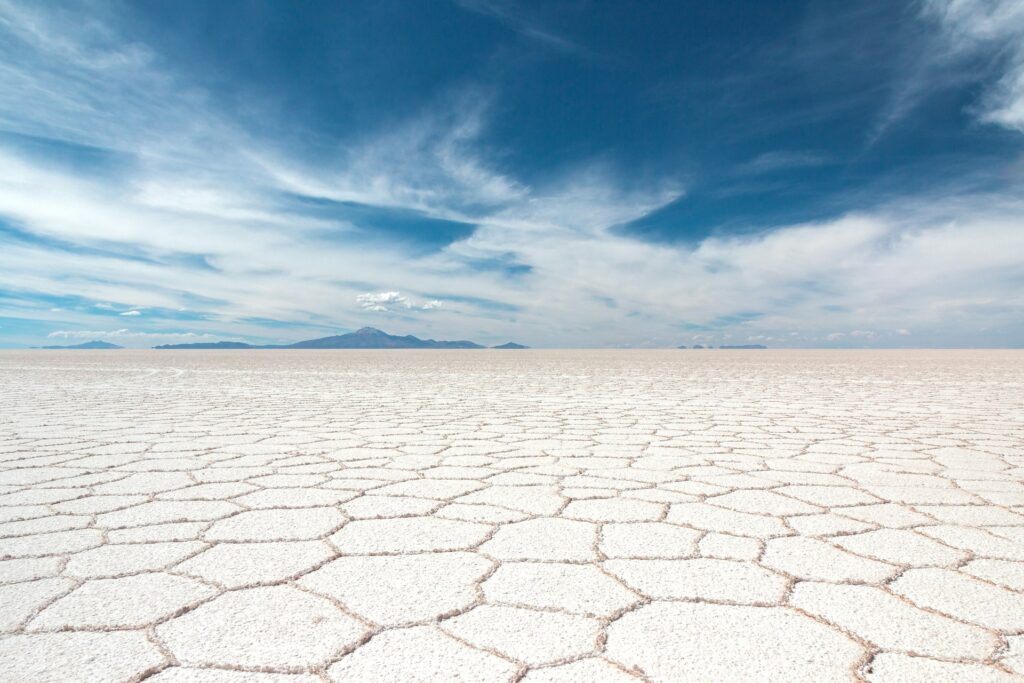
During the dry season, Bolivia’s Salar de Uyuni is a vast salt flat—white, blinding, endless. It’s basically the world’s largest natural mirror. But come the rainy season, a thin layer of water transforms it into the world’s largest mirror. The sky reflects perfectly off the surface, making it feel like you’re walking on clouds or drifting through a surreal dream.
What makes it special isn’t just how it looks—it’s how it feels. It messes with your sense of space and distance. People appear to float. Mountains look like they’ve been doubled. It’s eerie, beautiful, and strangely calming. And at over 10,000 square kilometres, there’s plenty of room to find a moment alone in all that otherworldly stillness.
Socotra Island, Yemen
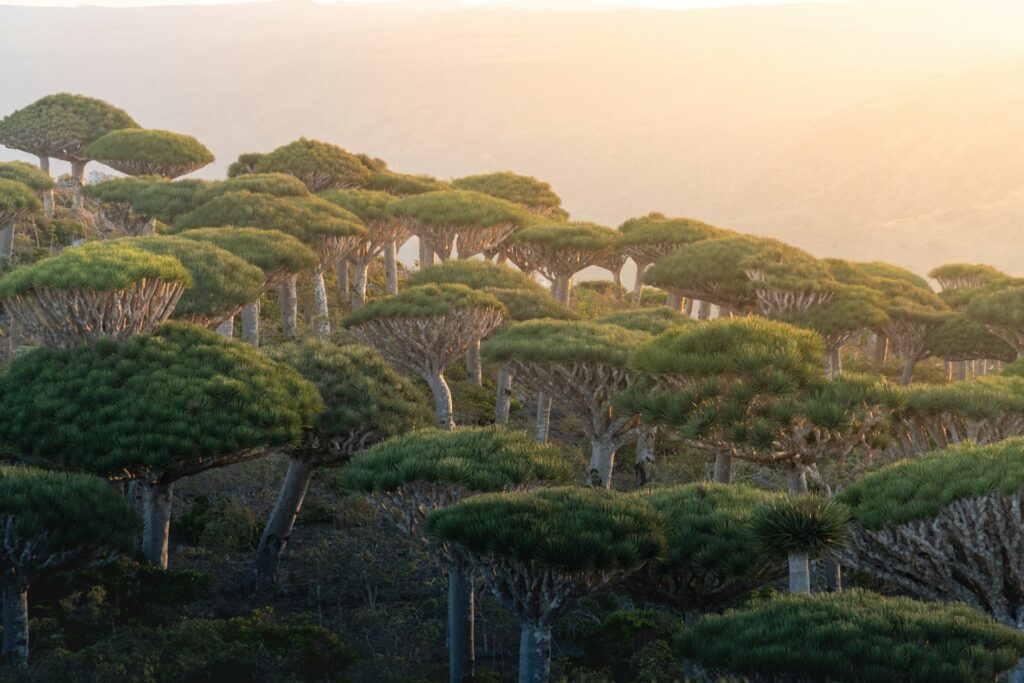
Socotra doesn’t look like it belongs on Earth. Located in the Arabian Sea, this isolated island is home to a whole range of species found nowhere else on the planet—including the surreal-looking Dragon’s Blood Tree. With thick trunks and umbrella-shaped canopies, they look like something straight out of a fantasy film.
The island’s isolation has preserved its unique biodiversity, with over a third of its plant species being completely endemic. The beaches are unspoiled, the sand dunes roll on without interruption, and the caves are vast and echoing. It’s raw, rugged, and bizarre in the best way. It doesn’t feel curated—it just feels honest.
Waitomo Glowworm Caves, New Zealand
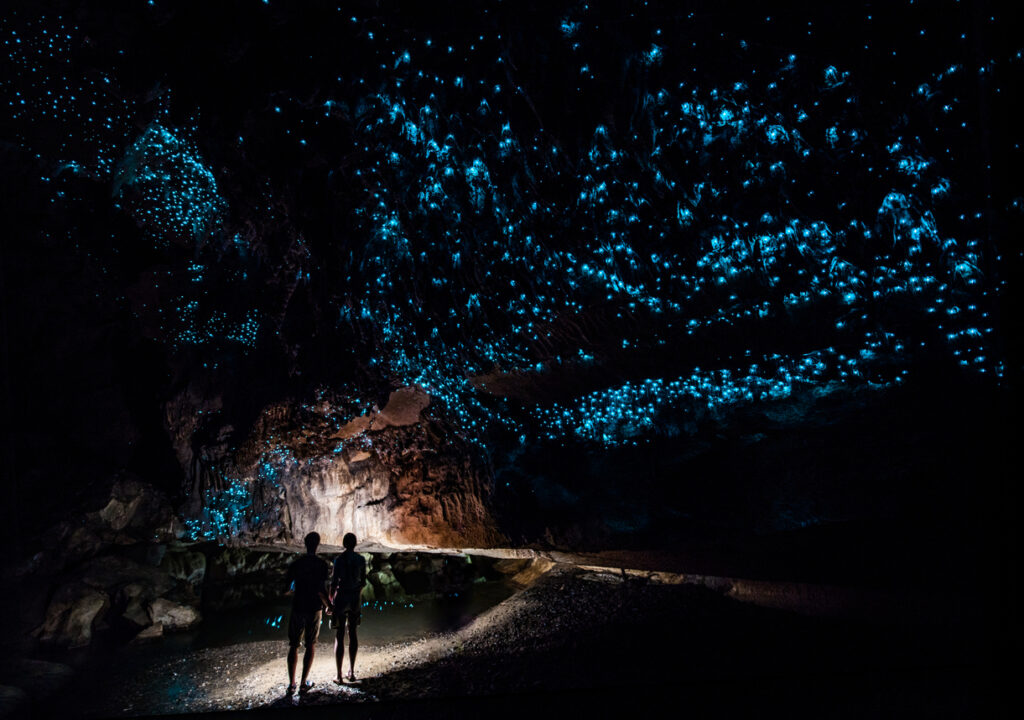
There’s something strange about looking up and seeing stars inside a cave. The Waitomo Glowworm Caves are famous for this exact experience. The ceiling is lit by thousands of glowworms that emit a soft, blue-green light, creating the illusion of a night sky underground.
You float through the cave on a silent boat, watching the lights above you shimmer. It’s quiet, cool, and completely dreamlike. It’s not the kind of grand, sweeping natural wonder that punches you in the chest—it’s more intimate than that. It draws you in with subtlety and softness, and stays with you long after you leave.
The Danakil Depression, Ethiopia
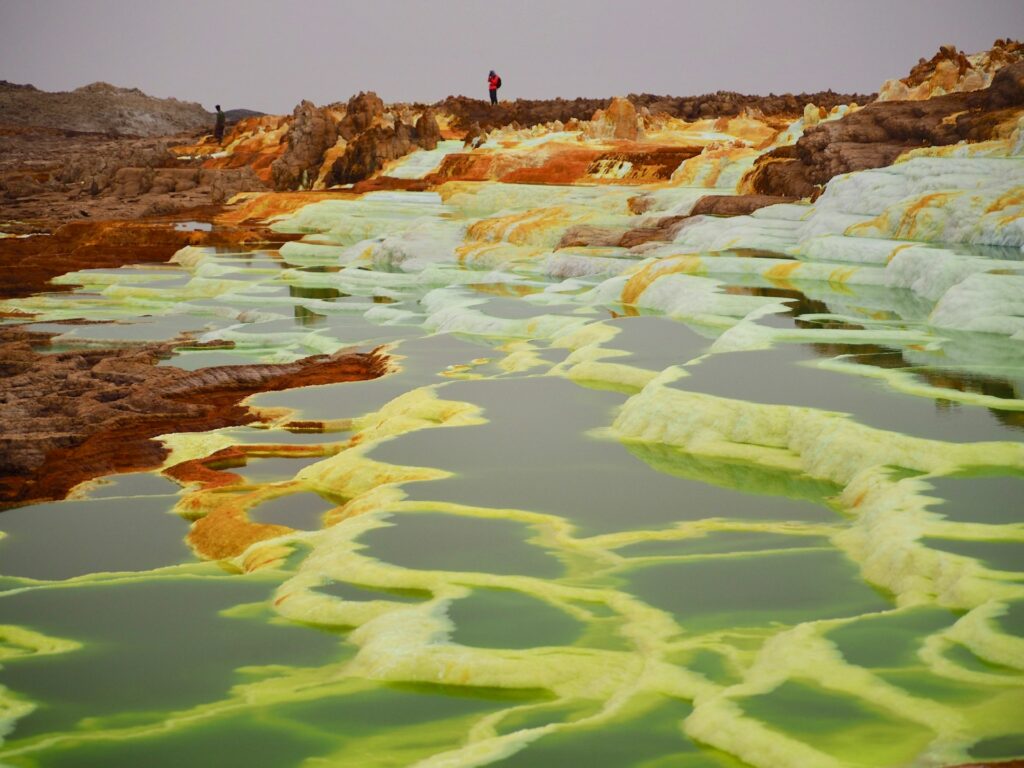
You won’t find many people eager to holiday in a place that hits 50°C, smells like sulphur, and sits 100 metres below sea level. But the Danakil Depression is one of the most visually striking places on the planet. It’s filled with neon-coloured mineral springs, salt flats, lava lakes, and sulphuric acid pools. The ground itself seems to glow in patches of green, yellow, and red.
It’s considered one of the most hostile environments on Earth—but it’s also stunning. The colours are so saturated and unnatural that they feel digitally altered, even when you’re standing right there. It’s not a relaxing place, but it’s an unforgettable one.
Plitvice Lakes, Croatia
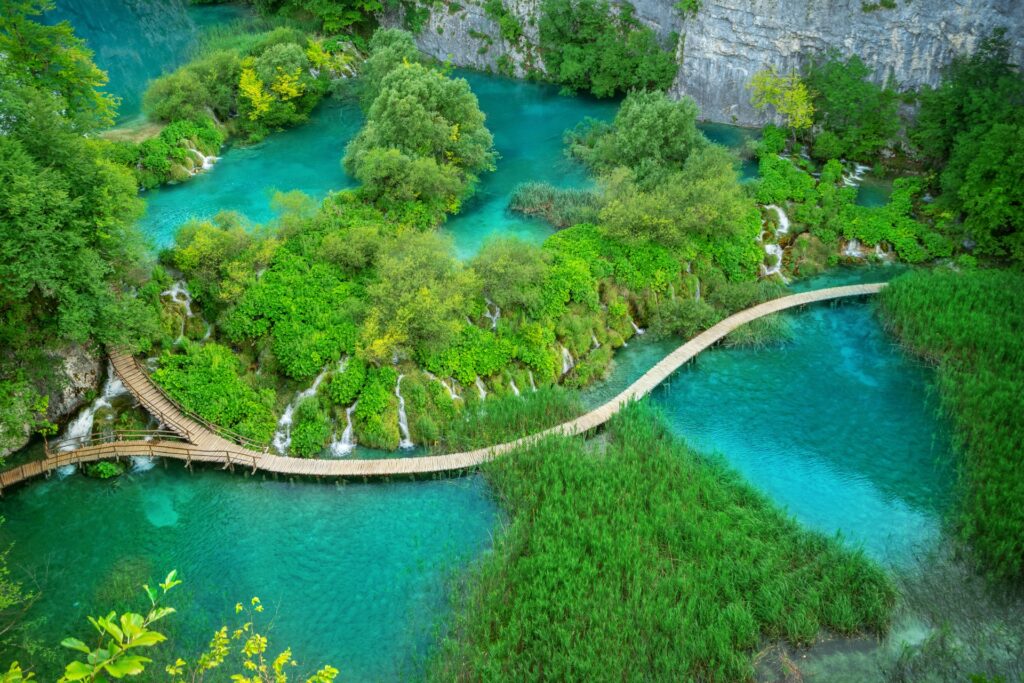
This national park isn’t exactly a secret, but it’s still often overlooked when people talk about world wonders. Plitvice Lakes is a series of 16 interconnected lakes, each spilling into the next via waterfalls and streams. The water ranges in colour from deep emerald to light turquoise, depending on the mineral content and the time of day.
What’s special here is the layering. Water tumbles over moss-covered rocks, slides through narrow gorges, and crashes into wide basins. Wooden footpaths wind through the park, letting you get ridiculously close to the water without disturbing it. It’s not just photogenic—it’s immersive. You’re in it.
Lençóis Maranhenses, Brazil
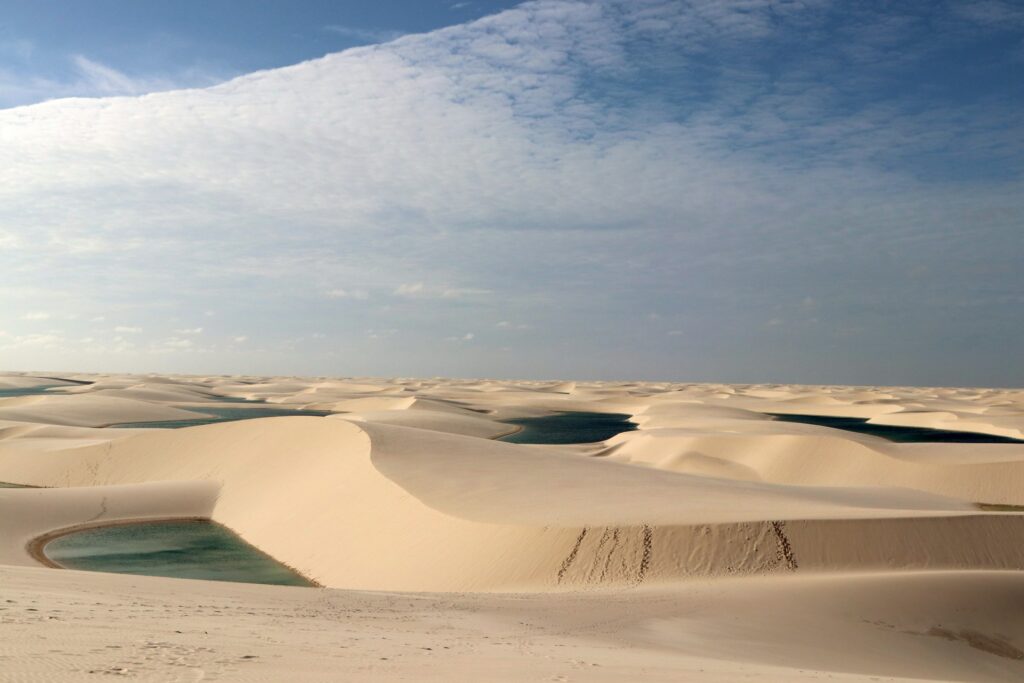
At first glance, Lençóis Maranhenses looks like a desert. Endless white dunes stretch as far as the eye can see. But then, after the rainy season, something unexpected happens—freshwater lagoons start to form in the dips between the dunes.
These pools are crystal-clear and a stunning shade of blue, forming a patchwork of desert and water that looks completely unreal. You can swim in some of them, while others are home to tiny fish that have adapted to survive in this short-lived ecosystem. The contrast between dry sand and cool water is striking, and the silence is absolute. It feels like nature is playing a trick on you—in the best possible way.
The Zhangye Danxia Landform, China

It’s hard to believe these rainbow-striped mountains are real, but they are. The Zhangye Danxia landform in China is the result of millions of years of sandstone and mineral deposits being pushed and twisted by tectonic forces.
The result is a mountain range streaked with red, yellow, orange, and blue. In the right light—especially just before sunset—the colours come alive. It’s one of the clearest examples of geology as art, and it’s breathtaking in scale. But what’s even more surprising is how quiet and peaceful it is. Despite its drama, it has the stillness of an ancient place.
The Bioluminescent Bays, Puerto Rico
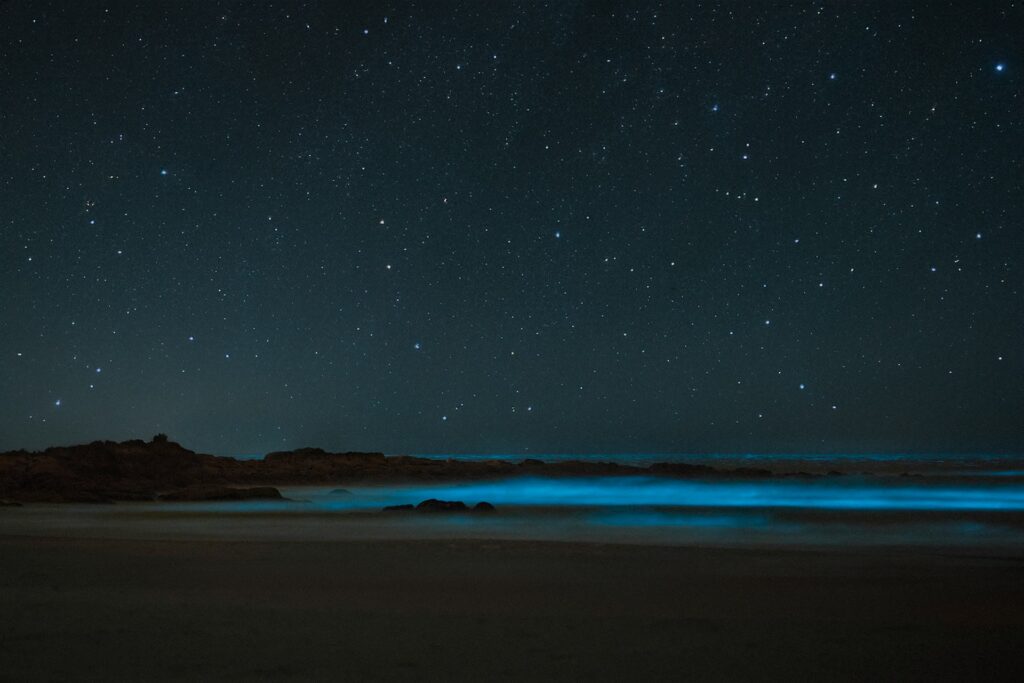
There are a few places in the world where the ocean glows, but Puerto Rico’s bioluminescent bays—especially Mosquito Bay on Vieques—are some of the brightest and most reliable. When disturbed, the water lights up thanks to tiny plankton called dinoflagellates, which emit a flash of blue light.
Swim or kayak through it and you’ll see the glow trailing your every movement. It’s a bit like being inside a special effect. It feels impossible and magical, even when you understand the science. And because it only happens in total darkness, it also reconnects you with the night sky in a way that cities never allow.
The Marble Caves, Chile
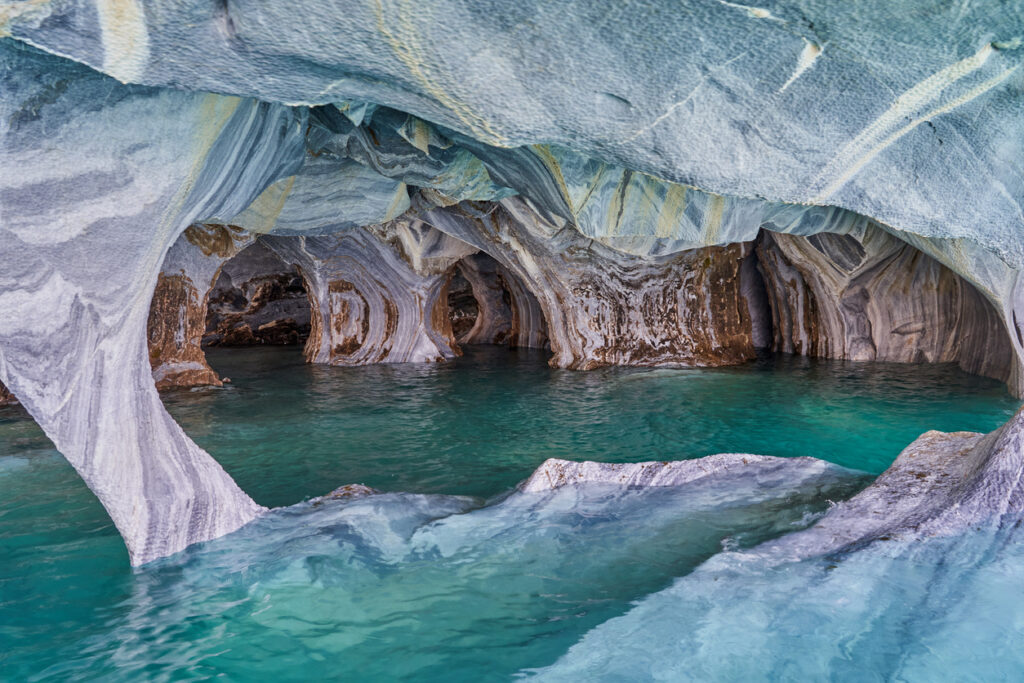
Carved by thousands of years of water erosion, the Marble Caves (Cuevas de Mármol) are tucked away in Patagonia on the edge of General Carrera Lake. The caves are made of solid marble, and the surrounding turquoise water reflects off the walls, creating a constantly shifting light show.
The patterns inside look like they were painted by hand—swirls of white and grey that ripple across the ceiling. You can only reach the caves by boat, and the water has to be calm, which adds to the sense of exclusivity. It feels like being inside a sculpture that the Earth didn’t mean to share.
Wulingyuan Scenic Area, China
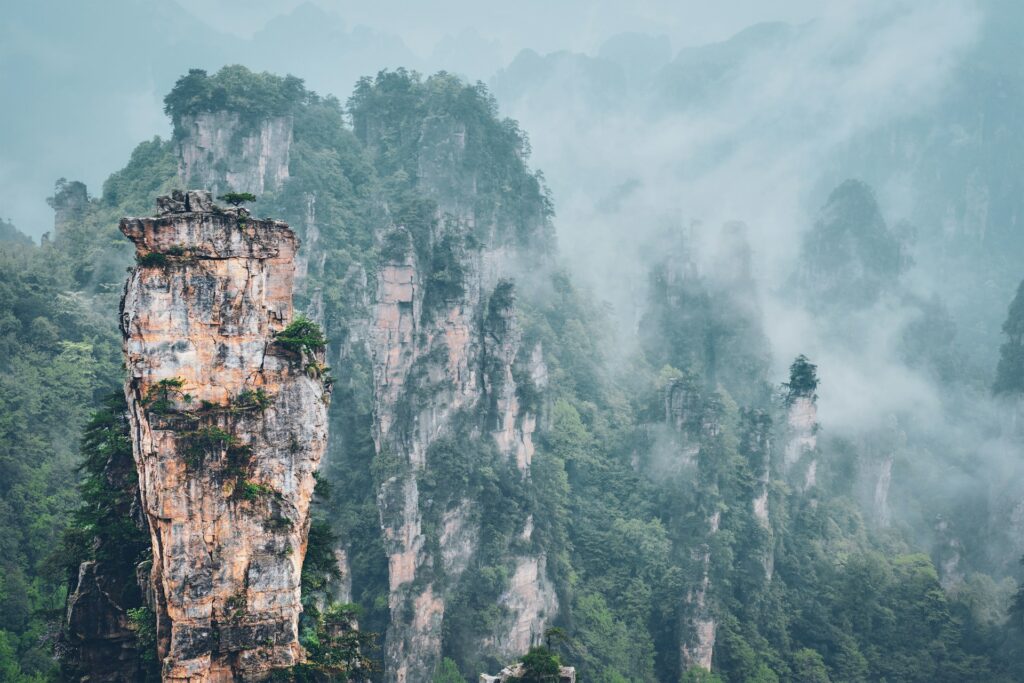
These sandstone pillars are so tall and thin, they almost look like they’re floating. Located in the Hunan province, this area is filled with thousands of quartzite columns, some reaching over 200 metres high. They’re covered in mist, forest, and legend.
You might recognise the landscape—it inspired the floating mountains in Avatar. But in real life, Wulingyuan feels even more mysterious. Narrow paths wind through the valleys, glass bridges stretch across gorges, and monkeys call from the treetops. It’s wild, vertical, and completely absorbing.
The Northern Patagonian Ice Field, Chile
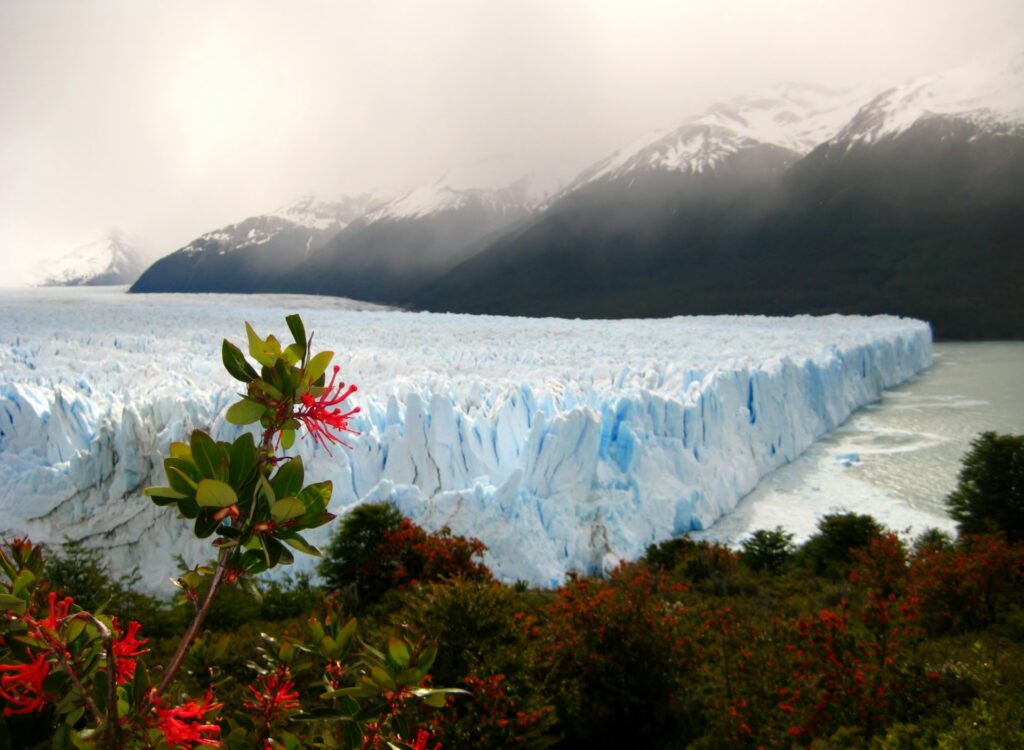
Glaciers often get lumped into the same bucket, but the Northern Patagonian Ice Field is something else entirely. It’s remote, largely untouched, and feels almost prehistoric. The vast, pale blue ice stretches out under a big sky, breaking apart with deep, echoing cracks.
It’s quieter here than you expect. The scale is intimidating, but the landscape isn’t harsh—it’s just honest. It forces you to slow down, look closer, and take notice. The ice shifts constantly, reminding you that even the most solid things are always changing.
More than just a pretty view
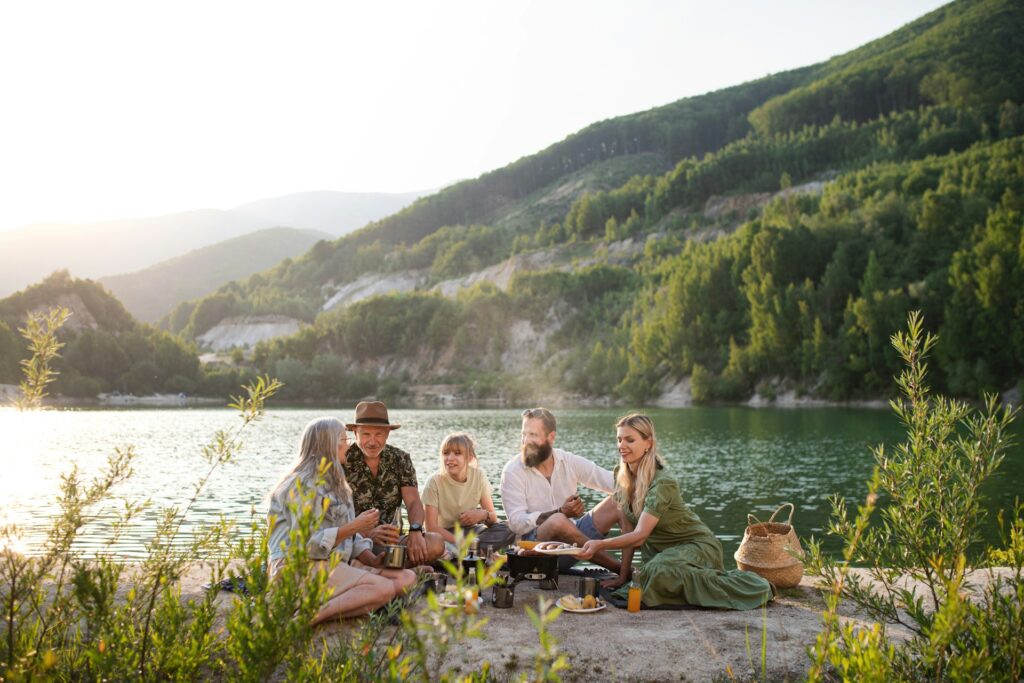
The beauty of these places goes beyond visuals. It’s about atmosphere. Scale. The way they affect your body, your breath, your sense of time. They’re not filtered or framed—they just are. And standing in front of them, you don’t think about taking a picture. You just want to stay a bit longer. These wonders remind us that we live on a planet that still has secrets. Places that haven’t been paved over, packaged, or made convenient. And maybe that’s what makes them so powerful. They don’t bend to us—we rise to meet them.
In a world that feels increasingly manufactured, that kind of raw, natural beauty is something to treasure. And if you get the chance to see one of these places in your lifetime—go. Not for the bucket list, not for the photos. Just to be reminded of what the Earth is still capable of.